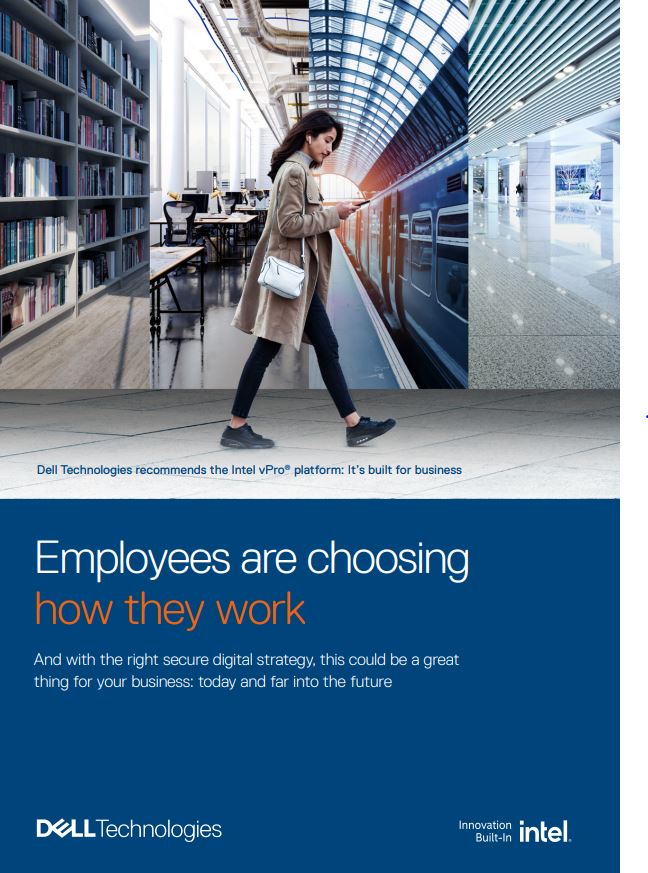The ultimate guide to hiring from overseas to fill specialist tech roles
For businesses looking to plug the tech skills shortage, hiring from overseas can feel bureaucratic and downright baffling

The skills shortage in the UK tech industry has been recognised for years, but as the country emerges from COVID-19, numerous polls and surveys suggest the crisis is getting worse.
According to figures released in TechNation’s People and Skills Report 2022, tech roles now make up 14% of all job vacancies in the UK, up from 11% in 2019. Cyber security, data management and software development are often flagged as skills in the shortest supply, but there are skills shortages across the whole industry. As demand for IT professionals continues to grow, the gap between need and available talent in the UK widens.
Hiring from abroad is one route companies can take, but for those who’ve not yet dipped a toe in that water, the immigration requirements can feel bureaucratic, and downright baffling.
How do you recruit someone from abroad?
On 1 December 2020, the UK introduced a single immigration system applying to all non-UK and Irish nationals. Under the rules, newly arriving European nationals no longer have the right to free movement, which previously allowed them to take up employment here. Instead, they face the same immigration restrictions as others, and in most cases will need a visa.
Most types of UK employment visas require sponsorship by a company or organisation, which must first obtain a “sponsor licence”. They can then sponsor individuals to take up employment with them, with the visa tied to the sponsoring company. Sponsored employees can choose to leave the business, but must obtain a new visa if they want to remain in the UK or work for another employer.
After five years under a Skilled Worker visa (the most common type of sponsored work visa) an individual can apply to settle in the UK, and will then have the flexibility to work in any role, for any employer. To be granted a licence, companies must prove that they are genuine businesses operating in the UK, and have a real need for a sponsor licence.
That need may be based on them having a particular candidate in mind for sponsorship, but it can also be met speculatively, because they employ the type of roles that would be eligible for sponsorship. Sponsoring an employee brings certain duties and responsibilities, such as monitoring sponsored employees’ attendance at work and reporting changes in location, changes in immigration status or cessation of employment, as well as changes to the organisation itself. Obtaining a sponsor licence can take a couple of months, although the Home Office offers a priority service that reduces the processing time to a couple of weeks. There are only a limited number of these priority slots available daily, and considerable competition to obtain them, but the Home Office has finally increased the number available each day from ten to 30, meaning it should be slightly easier to obtain one.
Sign up today and you will receive a free copy of our Future Focus 2025 report - the leading guidance on AI, cybersecurity and other IT challenges as per 700+ senior executives
Once you have a licence, who can you sponsor?
A Skilled Worker sponsor licence won’t allow you to sponsor any job or individual you may wish. Roles must be at or above a certain deemed skill level: RQF 3 – roughly equivalent to A-level standard. Broadly speaking, this encompasses roles at an executive level and above, or skilled manual roles. The vast majority of roles within the tech sector will be eligible, although it’s still important to check. There are also minimum salary requirements, which vary depending on the market rate for the particular role. For tech sector roles, minimum salary requirements usually start at around £25,000 per annum and rarely exceed £60,000.
Employers must also show anyone they sponsor is suitable for the role they’re filling. This is a significantly lower threshold than prior to the 2020 changes, when an employer could only sponsor someone if they could prove that there was no suitable resident worker available to fill the role (unless the role was a “shortage occupation” or another exemption applied). In many cases, employers had to carry out a “resident labour market test”, often re-advertising a role where a candidate had already been identified, to show that nobody could be found from the UK labour market with the skills to fill the role.
RELATED RESOURCE

Employees are choosing how they work
And with the right secure digital strategy, this could be a great thing for your business: today and far into the future
This change has significantly reduced the bureaucracy involved in sponsoring an overseas national and the time frame to obtain a visa for someone from overseas. The impact of the change has been less significant in the tech sector, where certain key categories (software developers, business analysts and cyber security specialists) were considered shortage occupations and so exempt from the requirement, but the industry has still benefited in regards to other roles.
Applicants under the Skilled Worker visa route must also demonstrate a certain level of fluency in English. If this is a significant barrier, one alternative option is a Global Business Mobility visa. There are multiple sub-categories under this route, but the most common – for “senior” or “specialist” workers – allows companies that are part of a global group to transfer employees from that overseas company to the UK on a temporary basis. Applicants don’t need to demonstrate a certain level of English, but they must have been working for the overseas company for a period of time (often 12 months), their role must meet a higher skill threshold (RQF 6) and they must be paid a minimum salary of £42,400.
How much does it cost to sponsor a worker?
There is no simple answer to this because costs vary depending on the size of the company and on the length of the visa that is being requested. There are also numerous fee elements that must be paid, including an Immigration Skills Charge and an Immigration Health Surcharge, among others.
These fee components usually add up to considerably more than the visa fee itself. In many cases, companies pay all these elements, but some of them can be met by applicants. There may also be reductions if the role is considered a shortage occupation, but it won’t be substantial in terms of the overall costs. Fees are also lower if you’re recruiting a graduate from a UK university.
Setting these reductions aside, the fees for a fairly standard three-year visa would come to £4,000 for a small company, and around £6,000 for a medium or large one. It’s also worth noting that some of these fees are refundable in part if an employee moves on before the end of their visa.
Are there other options to bring tech workers to the UK?
Although the majority of work visa routes require sponsorship, and therefore a significant outlay by the employing business, there are a few that don’t.
High Potential visas
The new High Potential visa route allows individuals who have graduated from a “top 50” global university (as included in the government’s “Global University list” for the relevant year of graduation) in the past five years to apply for a two-year UK visa, or a three-year visa for applicants whose qualification is a PhD. This will enable them to work in the UK for any company, in any role, or to take up self-employed work here.
This visa route is similar to the graduate scheme, launched last year, which allows those graduating from UK universities to apply for a two-year UK visa (again, three years for those who have obtained a PhD), with similar conditions. Neither of these routes leads to settlement in the UK, and neither can be extended, so while they’re useful entry routes into the industry, they aren’t options for long-term employment. However, visa-holders can switch to other routes once they’re in the UK.
Global Talent visas
For those further on in their careers, the Global Talent visa is a possibility that’s well worth considering. It’s much more flexible than the Skilled Worker route, as it’s not tied to a specific job or employer, and also allows an individual to be self-employed. Like the Skilled Worker visa, it’s a potential route to settle in the UK – after as little as three years. For employers, it comes with the benefit that it doesn’t require any expenditure, or tie them into any compliance obligations – beyond the standard obligation to check and monitor the right to work of any employee. However, it also brings the disadvantage that an employee is free to move on without any immigration restrictions or delays.
The Global Talent visa is open to applicants in a number of sectors, such as arts, engineering and research, as well as the tech industry. In most cases, individuals must apply first to a designated “endorsing body” to confirm they meet the requirements for Exceptional Promise or Exceptional Talent.
TechNation serves as the endorsing body in the IT sector. For anyone considering this route, it’s important to emphasise that “talent” is defined very specifically – you can be a very talented individual working in the tech sector, without being eligible under this route. The route does cover applicants with a technical focus and those with a business focus. However, non-technical applicants must have substantial involvement in digital product businesses – think companies that provide a proprietary digital technical service, product, platform or hardware as their primary revenue source. Senior corporate roles, including managing corporate teams and roles with consultancy companies, don’t generally meet the requirements of the route.